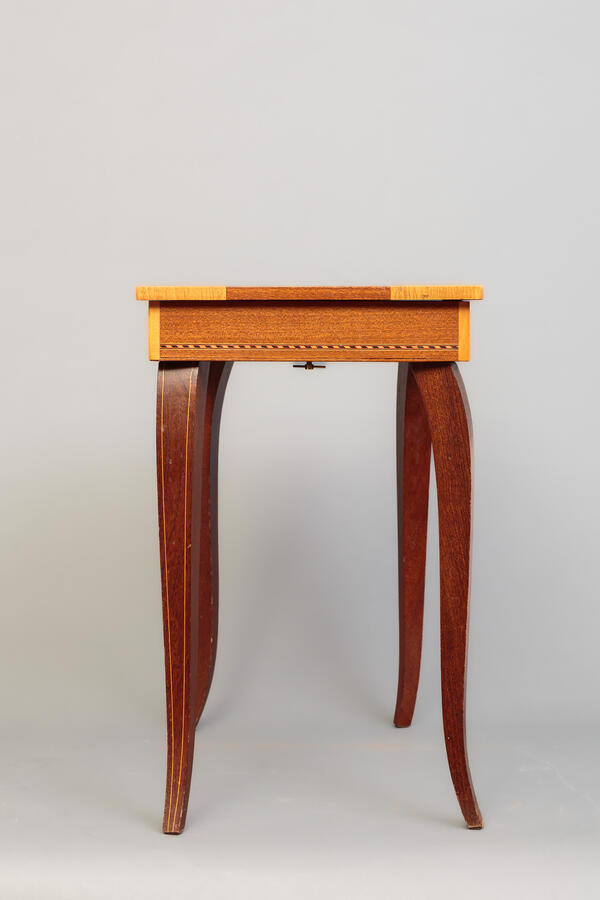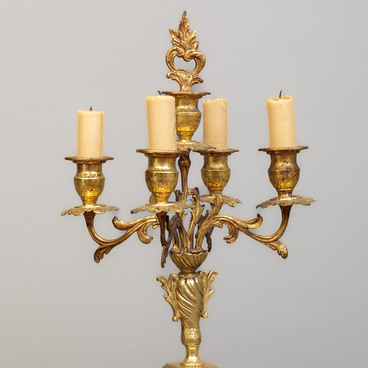The history of music boxes, which began in the 18th century, is closely linked to watchmaking.
In 1780, the French virtuoso watchmaker Pierre Jaquet-Droz created the first movement capable of playing a preset melody. And 16 years later, another talented watchmaker, Antoine Favre, improved the invention by “teaching” the box to play several tunes.
Very soon, music boxes became a symbol of romantic relationships and a luxury item. They were made from precious wood and delicately decorated with patterns and images of amorous couples.
The first simple movements were built into perfume bottles and watches. About two decades later, the flat “comb” appeared, and the movement of the box became more complex. A piece of music would be selected for recording so that it could be easily recognized in a minute — the usual time of one period of running.
From 1815 mass production of these items, began in Switzerland. They ranged from miniature pieces to large, sideboard-sized ones. The volume and clarity of the sound were ensured by the steel used in the movement: it was thin but stress-resistant.
Another half-century later, the Swiss watchmaker Charles Reuge set about creating a musical mechanism specifically for watches. His son Albert went on to create unique music boxes. Reuge is still considered to be the largest supplier of these products.
When Thomas Edison invented the phonograph, an apparatus for instantly playing back recorded sounds, music boxes fell by the wayside. After the Second World War, they experienced a new upsurge in popularity, this time among the Japanese, who were introduced to this pastime by the Americans. However, like any fashion, this craze passed too. The owners of watchmaking workshops, who came up with the idea of extending the range to include these mechanical “trinkets”, helped these boxes to escape oblivion.
Music boxes are made with a manual or winding movement. The former are wound by turning the knob, the latter by using a key. The music is played as long as it takes for the spring to release.
This music box from the first third of the 20th century, with a winding movement, can remember several melodies and also serves as an elegant dressing table. The case is made of wood, covered with three types of veneer on the outside and decorated inside with light cream-colored satin in the form of a bouffant. The hinged lid is decorated with floral and geometric marquetry (from French marqueterie — “mosaics”) in beige and brown tones.
In 1780, the French virtuoso watchmaker Pierre Jaquet-Droz created the first movement capable of playing a preset melody. And 16 years later, another talented watchmaker, Antoine Favre, improved the invention by “teaching” the box to play several tunes.
Very soon, music boxes became a symbol of romantic relationships and a luxury item. They were made from precious wood and delicately decorated with patterns and images of amorous couples.
The first simple movements were built into perfume bottles and watches. About two decades later, the flat “comb” appeared, and the movement of the box became more complex. A piece of music would be selected for recording so that it could be easily recognized in a minute — the usual time of one period of running.
From 1815 mass production of these items, began in Switzerland. They ranged from miniature pieces to large, sideboard-sized ones. The volume and clarity of the sound were ensured by the steel used in the movement: it was thin but stress-resistant.
Another half-century later, the Swiss watchmaker Charles Reuge set about creating a musical mechanism specifically for watches. His son Albert went on to create unique music boxes. Reuge is still considered to be the largest supplier of these products.
When Thomas Edison invented the phonograph, an apparatus for instantly playing back recorded sounds, music boxes fell by the wayside. After the Second World War, they experienced a new upsurge in popularity, this time among the Japanese, who were introduced to this pastime by the Americans. However, like any fashion, this craze passed too. The owners of watchmaking workshops, who came up with the idea of extending the range to include these mechanical “trinkets”, helped these boxes to escape oblivion.
Music boxes are made with a manual or winding movement. The former are wound by turning the knob, the latter by using a key. The music is played as long as it takes for the spring to release.
This music box from the first third of the 20th century, with a winding movement, can remember several melodies and also serves as an elegant dressing table. The case is made of wood, covered with three types of veneer on the outside and decorated inside with light cream-colored satin in the form of a bouffant. The hinged lid is decorated with floral and geometric marquetry (from French marqueterie — “mosaics”) in beige and brown tones.









